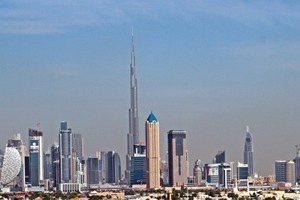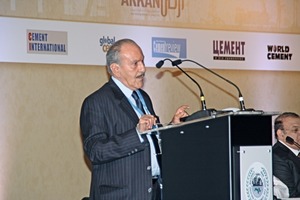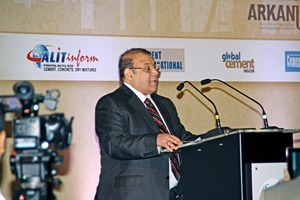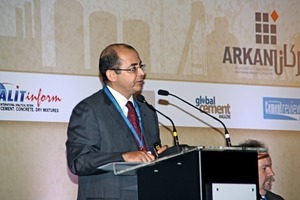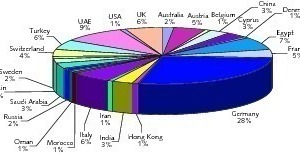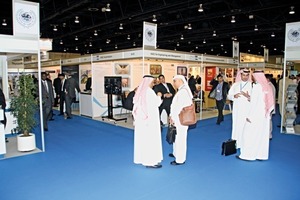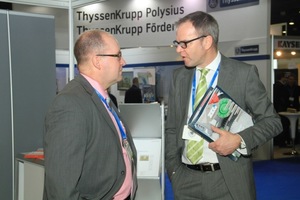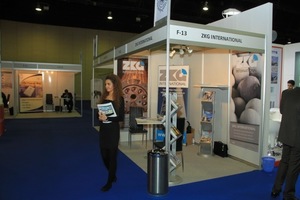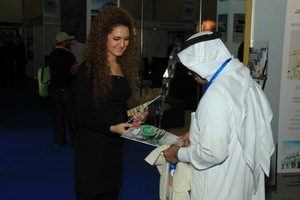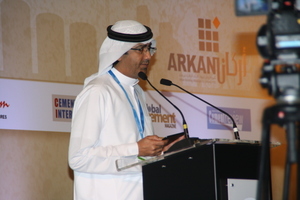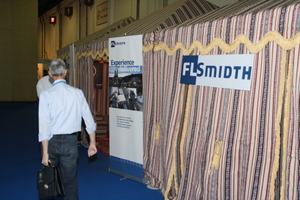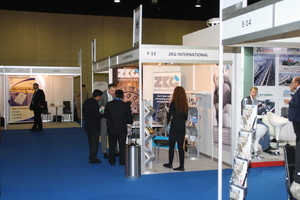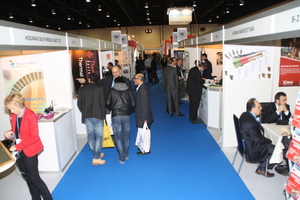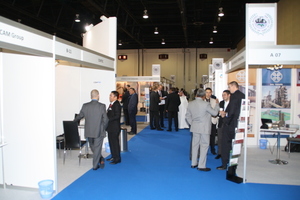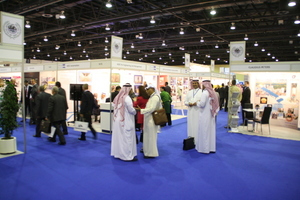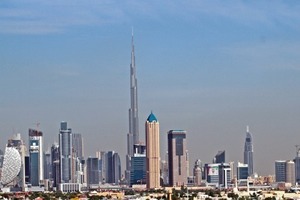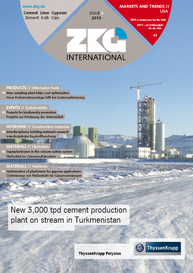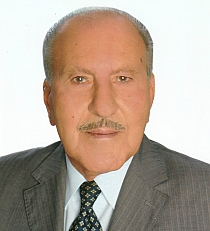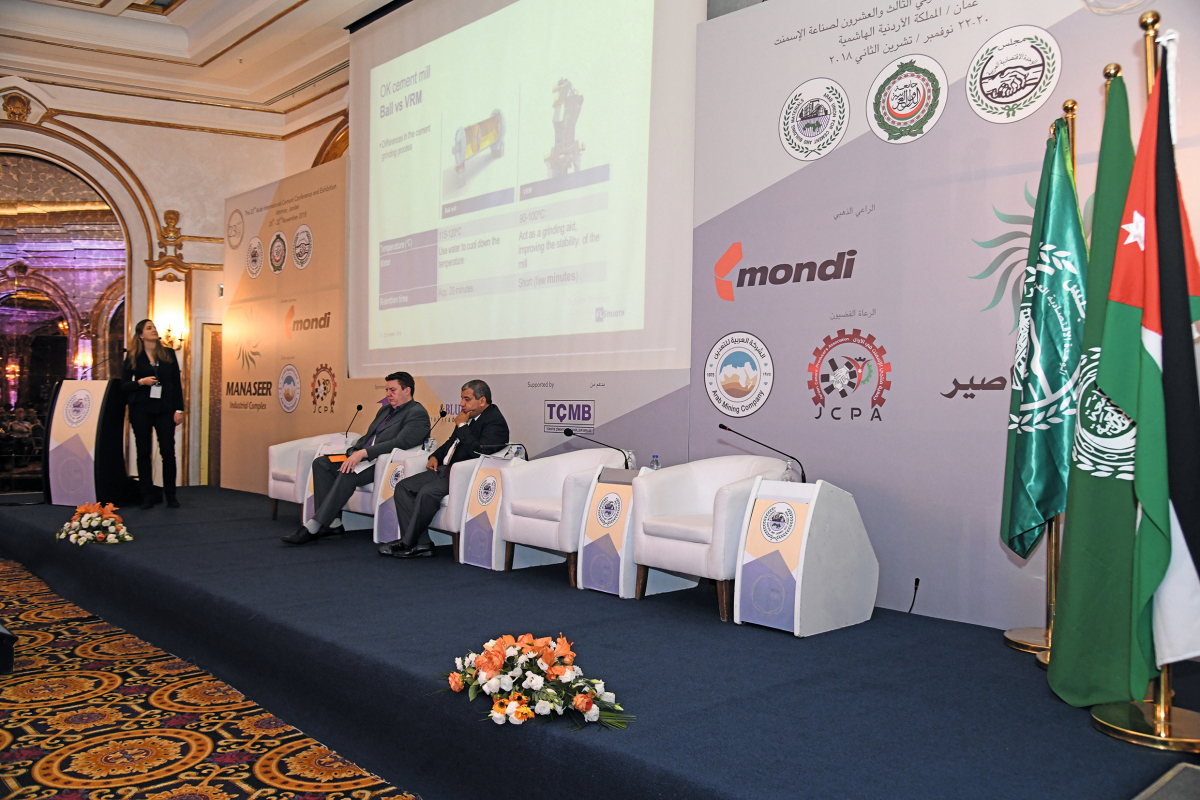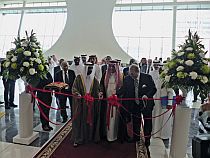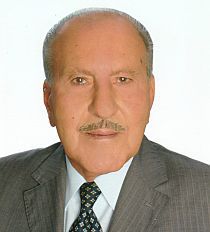In 2012, the 17th Arab-International Cement Conference and Exhibition conference was held in Dubai/UAE (Fig. 1) in the Dubai World Trade Center. About 50 papers were scheduled for presentation at the conference, covering the whole range of topics relevant for up-to-date cement production. More than 550 participants attended the conference, which was opened by Ahmad Al-Rousan (Fig. 2), General Secretary of the Arab Union of Cement and Building Materials. Hassan Rateb (Fig. 3) thanked the Emirates for the hospitality and named CO2 reduction and energy issues as very important challenges for today’s cement industry. He emphasized that joint research activities are required to investigate and increase the fuel and raw material substitution rate. He was followed by Fahim Abdullah Yousuf Aal Abdullah who outlined some of the challenges for the construction sector which had been overcome due to the oil production in the GCC. After the opening ceremony, the sessions with technical papers began. The main subjects addressed were:
New technological developments in the field of cement
Sustainable development in the cement industry
Alternative fuels
Case studies
Quality assurance and quality control
Laboratory automation
New cements
Modern process control techniques
In the first paper, Tareq Samaha (Fig. 4) from RAK White Cement presented an outline of the development of the worldwide cement industry with a special focus on the UAE. He showed that emerging market players become more and more important in global cement production. Regions such as Africa, the Middle East, Asia and Latin America could overcome the economic crisis with positive balances, while countries like Western Europe, Eastern Europe and North America experienced declining production. In the future he sees increasing production figures for almost all regions excepting Western Europe. In addition to purely technical issues, lectures were given by Caglan Becan from the TCMA and Philippe Fonta from the Cement Sustainability Initiative (CSI). Caglan Becan discussed the situation of the Turkish cement industry and the issues which are currently addressed in Turkey, while Philippe Fonta presented the status of the CSI and outlined which parameters are crucial in order to become a CSI member. It became clear that international networking on sustainable cement production is an important topic worldwide.
116 exhibitors from all over the world (Fig. 5) presented their products or services in an extensive exhibition (Fig. 6). Both the conference and the exhibition took place simultaneously, offering an excellent occasion for the accumulation and exchange of information. The next conference at the end of 2013 will be held in Marrakech/Morocco. So make sure of making a note in your calendar.

